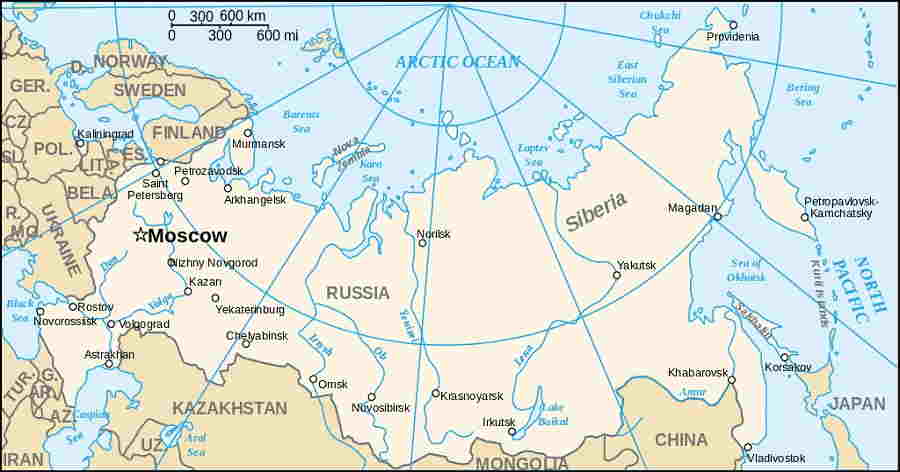

Russia, the largest country in the world, stretches over an expansive area of approximately 17,125,191 square kilometers. A transcontinental nation, it spans both Europe and Asia. The European part, which is part of the Russian Federation, covers around 3,968,200 square kilometers, occupying the eastern European plains and the Ural Mountains. It's a land of incredible diversity, featuring vast steppes, dense forests, and a range of climates from arctic to temperate. This vast territory is home to a rich tapestry of cultures and landscapes, from the bustling urban centers of Moscow and St. Petersburg to remote Siberian wilderness and the Far East's pristine wilderness.

Ukraine, located in Eastern Europe, covers an area of approximately 603,500 square kilometers. It's the largest country entirely in Europe, known for its fertile plains, picturesque Carpathian Mountains in the west, and the vast steppes in the south. Ukraine's diverse geography is complemented by a mix of climates, from temperate to continental and subtropical in the Crimean Peninsula. The country boasts a rich historical and cultural heritage, with a blend of Eastern Slavic, European, and Soviet influences. Major cities like Kyiv and Lviv are cultural hubs, while the Black Sea coastline adds a maritime dimension to Ukraine's diverse landscapes.

France, the largest country in Western Europe, covers an area of approximately 551,695 square kilometers. It's celebrated for its diverse geography, including the rugged Alps in the east, the Pyrenees in the south, and the rolling vineyards of Bordeaux and Burgundy. The country offers a wide range of climates, from Mediterranean in the south to oceanic in the northwest. France is known for its cultural richness, with world-famous cities like Paris, Lyon, and Marseille, and a heritage that spans from Roman times to the modern era.

Spain, located in southwestern Europe, spans an area of approximately 498,511 square kilometers. It's a nation known for its diverse landscapes, from the stunning Pyrenees in the north to the arid plateaus of Castile in the interior, and the sunny beaches of the Mediterranean and Atlantic coasts. Spain's climate varies, with Mediterranean, oceanic, and continental regions. The country is steeped in history, with vibrant cities like Madrid and Barcelona reflecting a blend of Roman, Moorish, and Christian influences.

Sweden is a Scandinavian country located in Northern Europe. It has a total area of 450,295 square kilometers, making it the third largest country in the European Union by land area after France and Spain. It's a nation of remarkable natural beauty, featuring pristine forests, thousands of lakes, and a long coastline along the Baltic Sea and Gulf of Bothnia. The country's geography includes the Scandinavian Mountains in the northwest, lowland areas in the south, and the Norrland Plateau in the north.

Norway, situated in Northern Europe, encompasses an area of about 385,207 square kilometers. Known for its stunning natural beauty, it boasts a dramatic landscape with majestic fjords, rugged mountains, and coastal islands. The Scandinavian Mountains in the east are home to Norway's highest peak, Galdhøpiggen. The country's northern regions feature the vast Arctic tundra. Norway's extensive coastline along the North Atlantic Ocean includes deep fjords and picturesque fishing villages.

Germany, situated in Central Europe, covers an area of approximately 357,022 square kilometers. It's a country known for its diverse landscapes, ranging from the rolling hills and forests of the Black Forest to the low-lying plains in the north and the Alpine regions in the south. The majority of Germany is relatively flat, with low hills and valleys scattered throughout. The northernmost part of the country is occupied by the North German Plain, which extends from the northern coast to the central part of the country and is mostly characterized by flat terrain. The southern part of the country is home to the Central Uplands, a mountainous region that includes the Bavarian Alps and Black Forest. The highest point in the country is Zugspitze, located in the Bavarian Alps, at 2,962 meters.

Finland, situated in Northern Europe, encompasses an area of approximately 338,455 square kilometers. It's a land of breathtaking natural beauty, marked by thousands of lakes, dense forests, and the Arctic wilderness in the north. The coastline along the Baltic Sea adds to Finland's charm, with countless islands and archipelagos. Finland is the eighth-largest country in Europe and the most sparsely populated country in the European Union. Finland is mostly flat with few hills and its highest point, the Halti at 1,324 meters, is found in the extreme north of Lapland at the border between Finland and Norway. About 10% of Finland is covered by lakes and wetlands.

Poland, located in Central Europe, covers an area of approximately 312,696 square kilometers. It is known for its diverse landscapes, ranging from the Baltic Sea coastline in the north to the picturesque Tatra Mountains in the south, which include Poland's highest peak, Rysy. The country's terrain also features lowlands, rolling plains, and fertile river valleys. Poland has a temperate climate, with cold winters and warm summers. The nation is rich in history, with historic cities like Warsaw, Krakow, and Gdansk offering a mix of architectural beauty, cultural heritage, and resilience.

Italy, located in Southern Europe, encompasses an area of approximately 301,340 square kilometers. The country is celebrated for its diverse geography, from the majestic Alps in the north to the rolling hills of Tuscany and the volcanic landscapes of the South. The Italian peninsula, surrounded by the Mediterranean Sea, provides a wealth of picturesque coastlines and islands. Italy's climate ranges from alpine and continental in the north to Mediterranean in the south, offering idyllic conditions for agriculture. Italy is renowned for its cultural treasures, including historic cities like Rome, Florence, and Venice, which are hubs of art, architecture, and culinary delights.